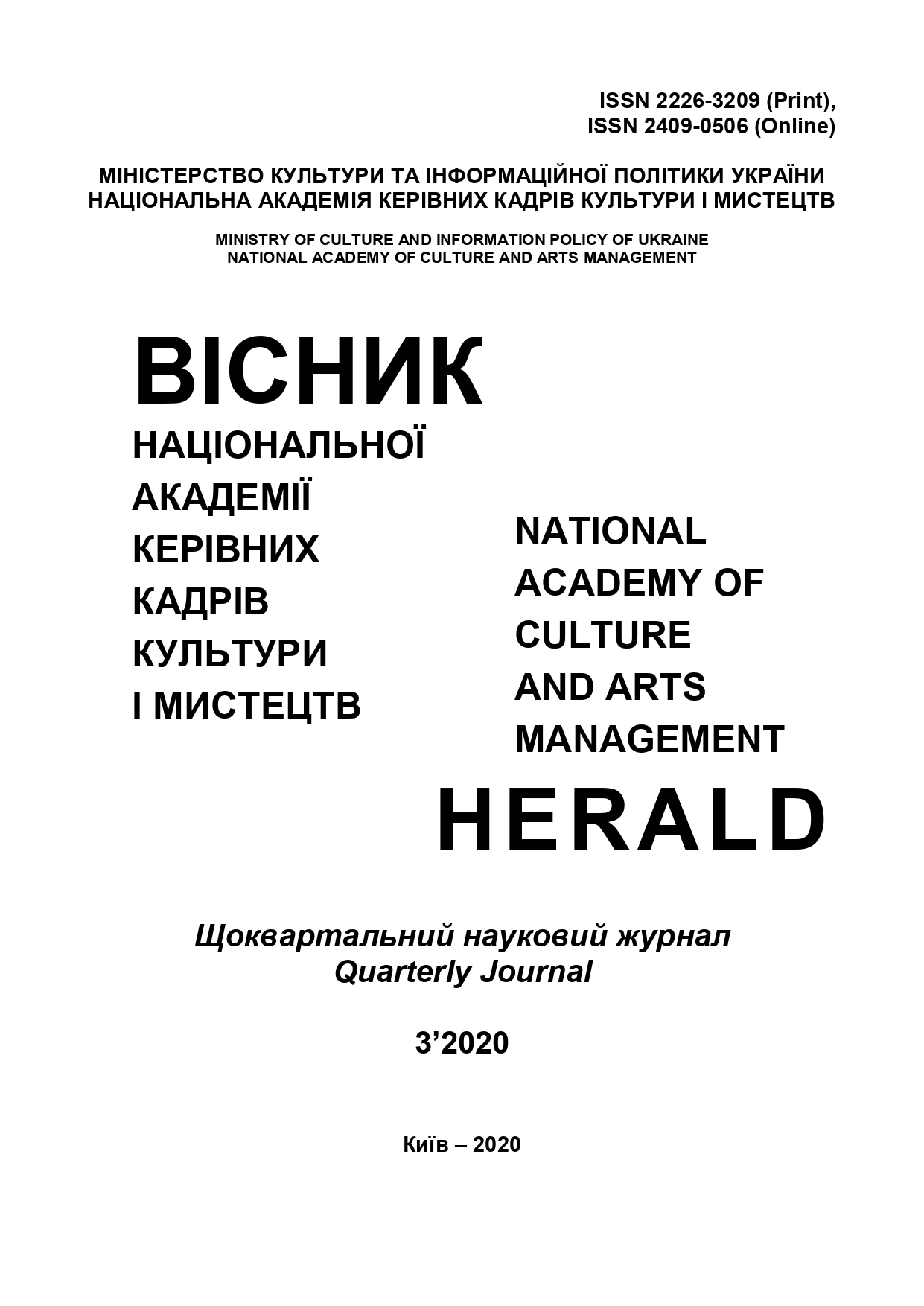Формування антиномічної концепції Бога в філософії та мистецтві християн II – VI століть
The formation of the antinomic concept of God in the philosophy and art of Christians of the II-VI centuries.
Author(s): Yaroslava BondarchukSubject(s): Christian Theology and Religion, Visual Arts, Ancient World, Ancient Philosphy, Philosophy of Religion, 6th to 12th Centuries
Published by: Національна академія керівних кадрів культури і мистецтв
Keywords: Christian art; early Christian concepts of the antinomic nature of God; mimetic-spiritual image;
Summary/Abstract: Purpose of the article: to trace the evolution of the conceptual definition of God in the works of Christian philosophers II-VI centuries. and the influence of religious and philosophical thought on the evolution of the artistic image of Christ from symbolic and allegorical in early Christian art to mimetic and spiritual in the icon painting of Byzantium. The methodology consists of using analysis and comparison of written sources and artifacts, reviewed in historical sequence. Scientific novelty: for the first time, is traced a dependence of the evolution of an artistic image to the conceptual definition of God in the works of early Christian apologists. Conclusions. The formation of the image of God in Christian art of the II-VI centuries was due to the development of theological thought, which evolved from the denial of the material nature of God to the affirmation of the unity of His transcendent and immanent principles. Emphasis by Christian thinkers I – II centuries on the transcendence and ―without imagery‖ of God denied any possibility of its depiction. The development of ideas about the presence of God in the immanent world prompted to the perception of the earthly world as a symbolic picture of otherworldly existence and opened up the possibility of the embodiment of spiritual essences in allegories and symbols that prevailed in the art of the 2nd - 3rd centuries. Comprehension of the antinomic unity of the divine and human natures of Christ became the ideological basis for creating mimetic-spiritual images, which was stimulated by a change in the status of the Christian church in the 4th century. and was entrenched by decisions IV and V - VI Ecumenical Councils.
Journal: Вісник Національної академії керівних кадрів культури і мистецтв
- Issue Year: 2020
- Issue No: 3
- Page Range: 46-54
- Page Count: 9
- Language: Ukrainian

